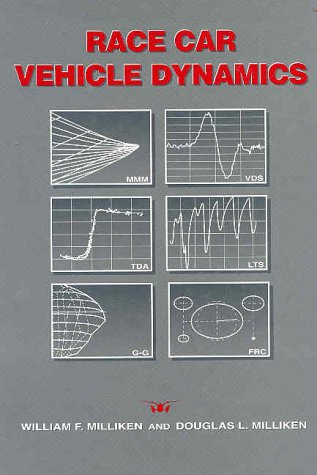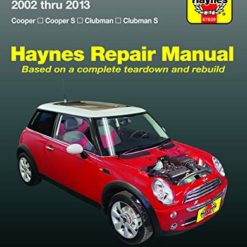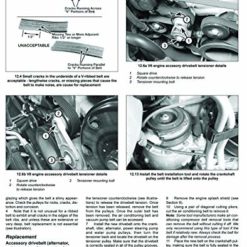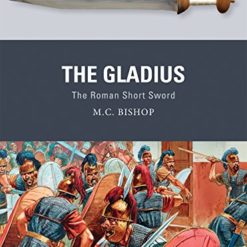Auteur: Milliken, William F.
Nombre de pages: 918
Éditeur: SAE International
Date de sortie: 15-12-1995
Détails: Description du produit Written for the engineer as well as the race car enthusiast, Race Car Vehicle Dynamics includes much information that is not available in any other vehicle dynamics text. Truly comprehensive in its coverage of the fundamental concepts of vehicle dynamics and their application in a racing environment, this book has become the definitive reference on this topic. Although the primary focus is on the race car, the engineering fundamentals detailed are also applicable to passenger car design and engineering. Authors Bill and Doug Milliken have developed many of the original vehicle dynamics theories and principles covered in this book, including the Moment Method, ‘g-g’ Diagram, pair analysis, lap time simulation, and tire data normalization. The book also includes contributions from other experts in the field. Chapters cover: The Problem Imposed by Racing Tire Behavior Aerodynamic Fundamentals Vehicle Axis Systems and more Revue de presse We offer no apologies for making this important… book our choice for the second time around. Widely welcomed, its content is already beingput to good use by many race car engineers… Today, anyone who wishes to make a career by understanding the automobile and its vagaries should start here. And anyone who wishes to appear to understand it should have this book on his or her desk–in the same way that Stephen Hawking’s A Brief History of Time is essential! –Race Car Engineering Biographie de l’auteur In 1930, Bill Milliken designed, built, flew and crashed his own airplane. Since then he has had a strong interest in vehicle handling problems! After graduating from MIT in 1934, he worked in the aircraft industry for 20 years in analysis, wind tunnel and flight testing, with emphasis on stability and control. He was assistant head of Flight Test at Boeing Aircraft during World War II, and was on the first flights of the prototype XB-29 and several B-17 models. As head of Flight Research at Cornell Aeronautical Laboratory (CAL) he initiated a program for measuring aircraft dynamics in flight using automatic control techniques, accomplishing the first frequency response measurements. Also, as co-inventor of the variable stability aircraft (circa 1948) he was invloved in pioneering stability augmentation and modern electrohydraulic flight control systems. Bill Milliken competed in over 100 post-war road races. He was a founding member of the Watkins Glen Road Races, serving as head of the Rules Committee. He competed in the very first Watkins Glen event in 1948 (in which he rolled-over). « Milliken’s Corner » on the original Watkins Glen circuit is named after him. He drove cars such as Type 35 and 54 Bugattis and an ex-Indy four wheel drive Miller at Watkins Glen, Pikes Peak, Sebring and many others across North America for 15 years. Later, continuing involvement included a term as Chief Steward for the Formula One US Grand Prix. As a result of his racing activity, he became interested in automobile stability and control and the potential for applications of aircraft technology. Under the sponsorship of General Motors, vehicle dynamics activity at CAL developed and substantiated the automobile dynamic equations of motion and developed the first variable stability (servo-controlled) cars. The first six-component tire testing machine was developed, leading to TIRF, the original high-speed, flat-belt tire tester which, some 30 years later, is still one of the most advanced tire testing machines in the world. In 1976 Bill Milliken started his own consulting/research firm, Milliken Research Associates, Inc. (MRA). MRA engages in analytical and testing contracts over the range of vehicle dynamics topics. Original developments include the Moment Method approach to automobile stability and control, tire data non-dimensionalization, specialized computer programs for race application, etc.
Soyez le premier à laisser votre avis sur “Race Car Vehicle Dynamics” Annuler la réponse
Vous devez être connecté pour publier un avis.


















Avis
Il n’y a pas encore d’avis.